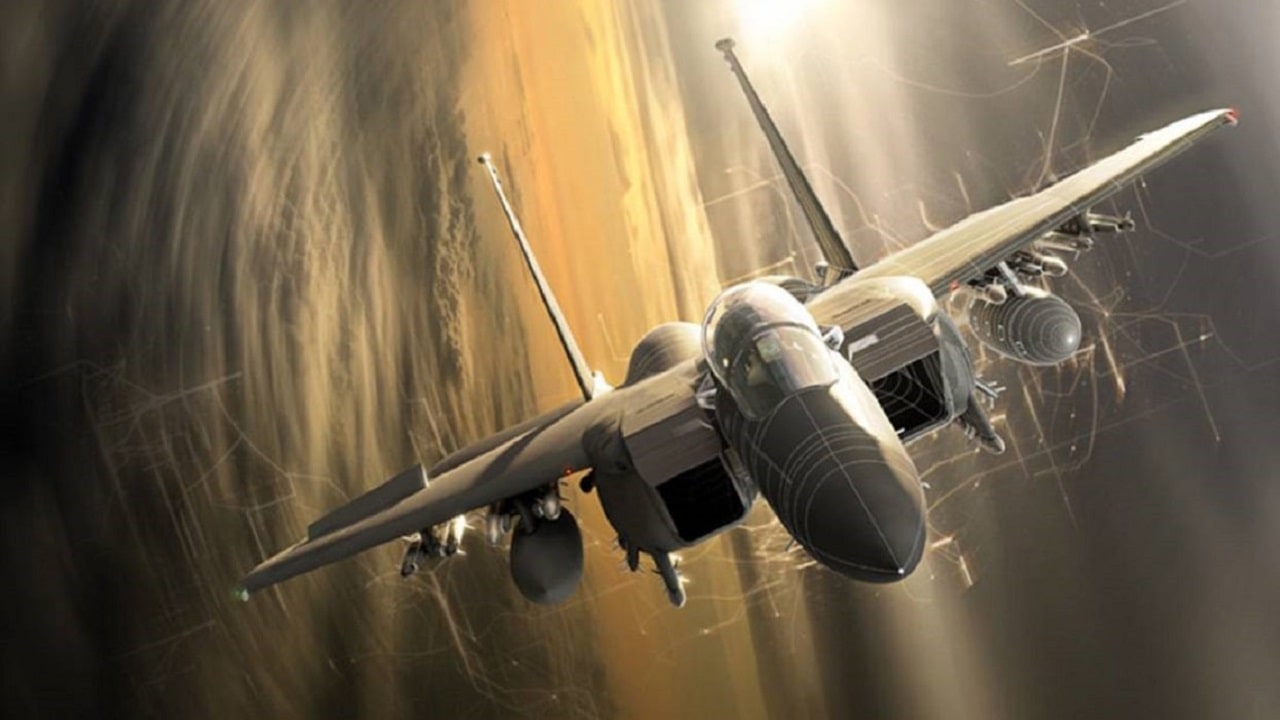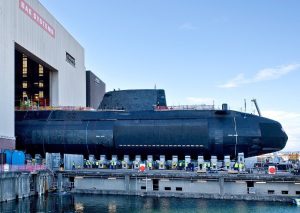Three squadrons of Eagle IIs might replace three F-15C/D squadrons if the Air Force eventually gets 80 F-15EX aircraft.

The F-15E/F Super Eagle II program has received complete funding under the FY23 National Defense Authorization Act. In its budget proposal, the Biden administration demanded $2.6 billion to purchase 24 F-15EX planes. They will be the first of 80 F-15EXs that the military plans to buy in total and they will replace the older F-15C and F-15D Eagles.
The oldest F-15C/D, which has over 8,300 flying hours and is 35 years old, was built in 1979. In 2020, the Air Force said that the F-15C/Ds “are past their service life and have major structural hazards, wire chafing problems, and old equipment.”
48 F-15C/Ds could be retired thanks to the FY22 NDAA. The Air Force initially desired 144 F-15EXs; therefore, the F-15EX program is attempting to progress. 12 F-15EX Eagle IIs were purchased with $1.32 billion from the FY22 NDAA.
Despite not being stealthy, the F-15EX could fly in contested airspace while teaming with F-35 and F-22 aircraft and carrying long-range standoff missiles. The second option is for the Air Force to wait to use the F-15EX until the U.S. has control of the air by the third or fourth day of an air battle.
The F-15EX would keep things going using the same training, maintenance, and tactical procedures as the F-15C/Ds and F-15E Strike Eagles.
Appropriators in the House and Senate gave the Honeywell Advanced Display Core Processor II for the F-15EX their blessing. According to Boeing, this will allow the F-15EX’s mission computer to process 87 billion instructions per second.
The fourth generation plus F-15EX is anticipated to fly for 20,000 hours, twice as long as the F-15C and F-15D. It is a fly-by-wire fighter with multiple roles. The F-15EX can carry 28% more armament than Eagles and Strike Eagles combined.
Moreover, the F-15EX will have a new radar and may be produced on current production lines.
One day, the F-15EX might be equipped with hypersonic weaponry. Electronic warfare capabilities are enhanced using the Eagle Passive Active Warning Survivability System, and pilots will have better situational awareness for swift decision-making. Mission upgrades will be made simpler via the Open Mission System architecture. The F-15EX will spend less time and money on maintenance because it uses the same spare parts and support equipment as the original F-15s.
If the Air Force eventually acquires 80 F-15EX, three squadrons of Eagle IIs might replace the F-15C/D in the active-duty component or the Air National Guard. The first F-15EXs will arrive at the Oregon Air National Guard installation in 2019. They will concentrate on home defense.
F-15C Eagles are flying away from Okinawa’s Kadena Air Base. The Eagles were part of a two-squadron deployment on Okinawa.
The Eagles are anticipated to be replaced by F-22s; however, F-15EXs might also eventually make up a new rotational force on the island.
This improvement might shield Japan from attacks by Chinese fighters.
By switching out Eagles for Eagle IIs, the Air Force is pursuing an acquisition strategy known as “divest to invest.” In other words, the F-15C/D fighters’ discontinuation frees up funds that could be allocated to the F-15EX’s development.
To reach the 80 anticipated Eagle IIs, Congress may need to increase its request by the following fiscal year.
According to legislators, the F-15EX may not be the ideal option for offensive operations, which may determine that it is better used to defend the nation while flying with the Air National Guard.






